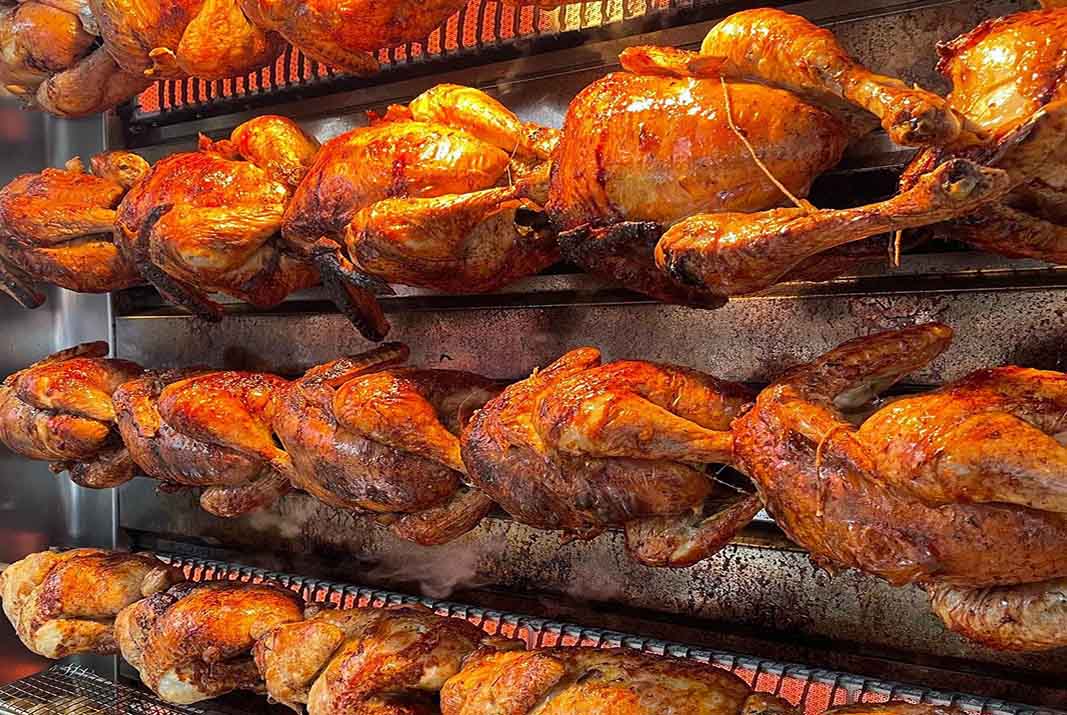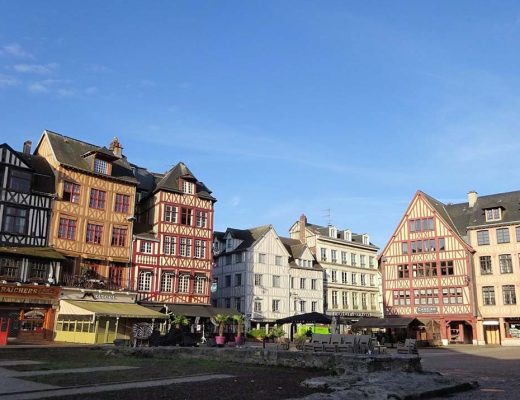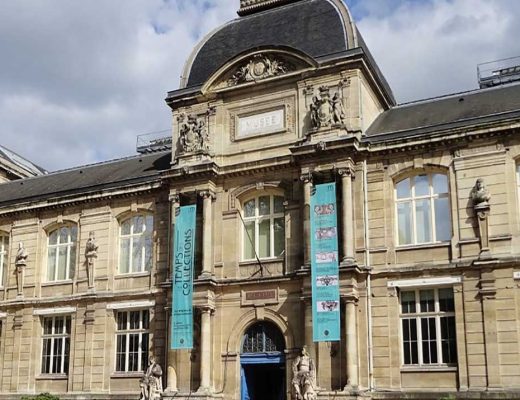The first time I stepped off the train at Gare du Mans, the crisp French air was tinged with the faint aroma of roasted chestnuts being sold by a vendor on the street. The city was alive with movement, yet beneath its bustling rhythm, I sensed something more intimate waiting to be discovered. My destination was not just the medieval streets or the legendary racing track; it was the beating heart of the city—the markets of Le Mans. These markets are where flavors tell stories, where Atlantic breezes mingle with rural traditions, and where each stall seems to hold a key to understanding French life.
I had booked my ticket to Le Mans through SNCF Connect, finding a surprisingly affordable fare when I compared prices with Trainline, and my hotel via Booking.com, where I chose a small boutique guesthouse close to the old town. Knowing that my stomach would dictate my schedule, I also made sure to reserve a few restaurant tables through TheFork (LaFourchette), a platform I rely on when traveling across France. By the time I reached the first market square, my anticipation was as sharp as the November wind.
Marché des Jacobins: The Soul of Local Life
Location and Atmosphere
At the foot of the majestic Le Mans Cathedral (Cathédrale Saint-Julien) lies Marché des Jacobins, a sprawling open-air market held every Wednesday, Friday, and Sunday. Its location on Place des Jacobins makes it impossible to miss. The market stretches around the cathedral like a colorful cloak, with stalls of produce, cheeses, meats, and seafood forming neat but bustling rows.
The first impression is always the sound—the lively chatter of vendors, the calls of fishmongers selling their Atlantic catch, and the laughter of children tugging on their parents’ sleeves. Every corner seems alive with energy, from the crisp rustling of fresh vegetables being handled to the gentle clink of glass jars filled with local honey or preserves. The aroma of fresh bread mingles with that of oysters and roasted poultry, creating a fragrant mosaic that invites you to slow your pace and explore each stall. The market’s layout is almost labyrinthine, and wandering through it feels like discovering small, edible treasures around every turn.
Walking past the stalls, I noticed a florist arranging bright seasonal flowers in rustic wicker baskets, their scent mingling with the earthy aroma of mushrooms and fresh herbs. Musicians occasionally play nearby, their accordion melodies floating above the conversations, adding a layer of charm to the already vibrant atmosphere. The market reflects not just food, but a way of life, a communal rhythm that has persisted for generations in Le Mans.
Must-Try Delights
At Marché des Jacobins, the first thing that caught my attention was a seafood stall offering huîtres de Cancale—fresh oysters from Brittany, only a short distance west. The vendor shucked one right in front of me, handing it over with a slice of lemon. The briny, cold rush of the oyster tasted of the Atlantic itself, and at €8–€12 per dozen, it felt like the sea’s generosity in edible form. I lingered, savoring the way the saltiness balanced with the subtle sweetness of the fresh oyster, imagining the waves crashing along Brittany’s coast.
Another unmissable stop was the charcuterie section, where I bought rillettes du Mans, the city’s most famous specialty. Unlike pâté, rillettes are coarser, shredded slow-cooked pork spreadable on bread. I purchased a small tub for around €6, paired it with a crusty baguette from a nearby boulangerie, and sat on the cathedral steps savoring the combination. The flavor was rustic yet refined, rich without being overwhelming. Nearby, a vendor offered andouillette, a strong-smelling sausage famous in the region, which I couldn’t resist tasting in a tiny slice, marveling at how deeply traditional flavors could evoke history and culture.
Cheese lovers should not miss Camembert de Normandie or Tomme de Savoie at the local dairy stalls. I sampled a small wedge of Camembert that was creamy, with a delicate earthy aroma, and purchased it for a few euros to enjoy later with fresh grapes I had picked up at a fruit stall. Sweet, ripe, and aromatic, the grapes complemented the creamy cheese perfectly, creating a moment of pure indulgence.
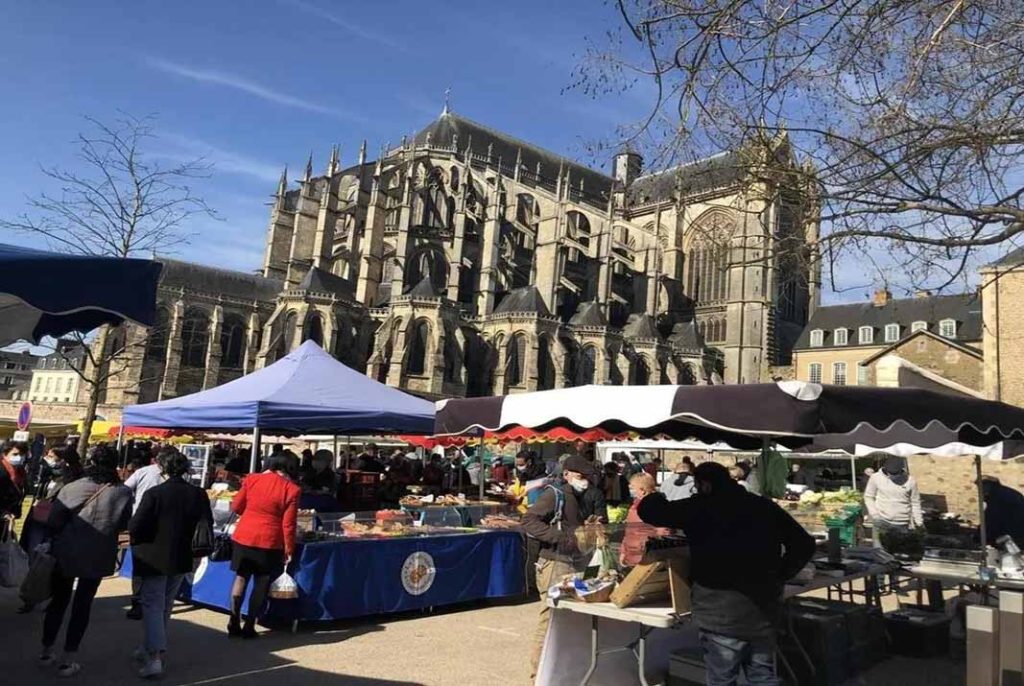
Tips for Visiting
Arrive early, around 9 a.m., to get the freshest seafood and avoid the largest crowds. Bring cash, as not every stall accepts cards, and small bills are especially appreciated by vendors. For oysters, if you want to sit and enjoy them on the spot, ask the vendor for “à déguster ici” (to taste here), and they will usually provide a plate and lemon wedges.
Take your time walking through the market, exploring side alleys where artisanal products like jams, mustard, and handcrafted chocolates are displayed. Don’t hesitate to ask vendors for a small sample; most are proud to let you taste their produce. A light backpack or reusable tote is ideal for carrying your purchases, and wearing comfortable shoes helps navigate the slightly uneven cobblestone paths. If you plan to photograph the market, early morning light brings out the vivid colors of fresh produce and makes for the best shots without the crowds interfering.
The experience of Marché des Jacobins is not just about food—it’s a full sensory immersion. Watching chefs and home cooks select ingredients, listening to the hum of conversation, and inhaling the medley of scents, I felt a deep connection to Le Mans itself. Each visit reveals something new: a rare mushroom, a sweet pastry, or a kind recommendation from a vendor. Spending time here, I realized that the market is as much about community and tradition as it is about cuisine, making it a cornerstone of my culinary exploration in Le Mans.
Marché de Pontlieue: Everyday Essentials with Character
Location and Atmosphere
Located along Avenue Félix Géneslay, the Marché de Pontlieue is a smaller, more community-focused market compared to Jacobins. I visited on a Saturday morning, when local families were doing their weekend shopping. The vibe here is less touristy, more practical, yet equally charming.
Must-Try Delights
One stall that stood out offered poulet rôti (rotisserie chicken). The vendor carved a steaming portion and ladled potatoes roasted beneath the dripping juices. For €9, I walked away with a paper bag of heaven that warmed my hands in the chilly morning. I devoured it on a nearby bench, the skin crisp, the meat tender, and the potatoes buttery with chicken fat.
Another gem was a cheese vendor specializing in Tomme de Savoie and Camembert de Normandie. Though not strictly local, these cheeses are staples in French households. I bought a small wheel of Camembert for €5.50 and packed it carefully in my market tote for later.
Tips for Visiting
This market is best if you want to immerse yourself in daily French life rather than tourist highlights. Bargaining is not common in French markets, but building rapport with the vendors often results in a small discount or a free extra piece.
Covered Market: Halle de la Couture
Location and Overview
For those who prefer indoor markets, Halle de la Couture on Rue de la Couture is a treasure. It’s smaller than Jacobins but houses permanent stalls where butchers, fishmongers, and cheesemongers sell year-round.
Must-Try Delights
I stopped at a stall selling andouillettes—a traditional sausage made with pork intestines. Though strong in flavor, it represents a part of French culinary heritage that is impossible to ignore. Grilled and served hot with mustard, a small portion cost me €4, and though challenging, it was unforgettable.
Seafood here also shines. I tasted moules marinières—mussels cooked in white wine, butter, and shallots—prepared fresh by a small vendor who sold ready-to-eat portions for €7.
Tips for Visiting
Since it’s indoors, Halle de la Couture is a perfect rainy-day option. Come around lunchtime when vendors offer hot dishes that can be eaten immediately.
Street Food Outside the Markets
Beyond the markets themselves, the streets surrounding Le Mans often host small food trucks and stands. On Rue Bolton, I discovered a crêperie stand selling galettes complètes (savory buckwheat crêpes with ham, cheese, and egg). At €6, it was filling, warm, and the perfect handheld food while wandering through medieval alleys.
Near Place de la République, I encountered a stall with beignets aux pommes (apple fritters). Dusted with sugar and warm to the touch, they tasted of autumn and childhood nostalgia.
Platforms for Booking and Dining Deals
While planning my culinary journey, I relied on several platforms. For market-related guided tours, I found excellent options on GetYourGuide, which offered not only skip-the-line museum tickets but also food tours through Le Mans. For dining, TheFork (LaFourchette) was indispensable, often offering discounts of up to 20–30% at local bistros. When it came to flights, I compared fares on Skyscanner and Google Flights, eventually booking directly with Air France for flexibility. For accommodation, Booking.com remained my go-to, though I cross-checked with Hotels.com for deals.
Seasonal Specialties in November
Visiting in November meant truffle season had begun. At Marché des Jacobins, a vendor offered small black truffles from the nearby Perche region. Though pricey at €35 for a small piece, the aroma was intoxicating. I shaved a bit over scrambled eggs later in my rental apartment’s kitchenette, transforming a simple dish into something extraordinary.
Chestnuts were also in abundance, roasted over open flames in portable metal drums. For €3, a paper cone of chestnuts warmed my cold hands as I strolled through the medieval quarter.
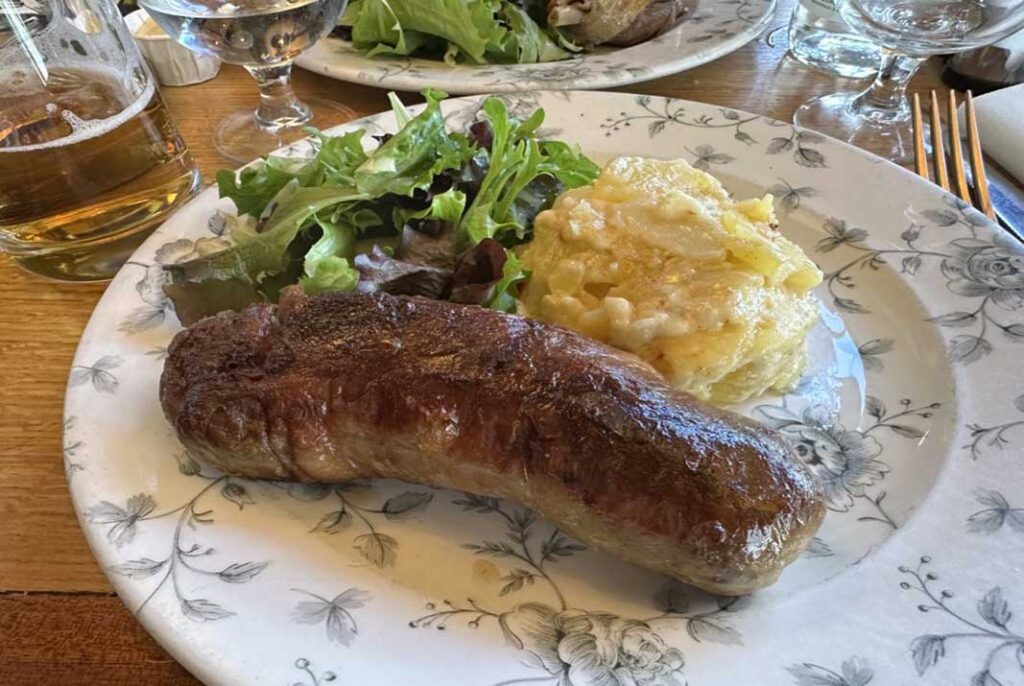
How to Maximize Value
- Timing: Visit towards closing time for discounts on perishables. Vendors prefer to sell off their stock rather than pack it away.
- Reusables: Bring your own market bag or basket. Some vendors charge for plastic bags, and having your own makes you blend in with locals.
- Taste Before You Buy: Don’t hesitate to ask for samples—especially for cheeses, sausages, or fruits. Vendors are usually generous and proud of their products.
- Pre-Booking Tours: If you prefer a guided experience, book food tours on GetYourGuide ahead of time to secure slots, particularly on weekends.
Personal Reflection in the Markets
As I sat in the shadow of the cathedral, peeling a roasted chestnut, I realized the markets of Le Mans are not just about food. They are about rhythm, tradition, and the intimacy of daily exchanges. From the oyster vendor’s knowing smile to the careful wrapping of cheese in wax paper, each interaction was a slice of culture served alongside flavor.
Travel platforms may help us arrive, book, and plan, but it is in the chaos of the market—amid the smell of roasting chicken and the sight of autumn vegetables—that Le Mans reveals its true self. For me, it was a feast not only of taste but of belonging, where every bite carried the weight of history and the joy of the present.
